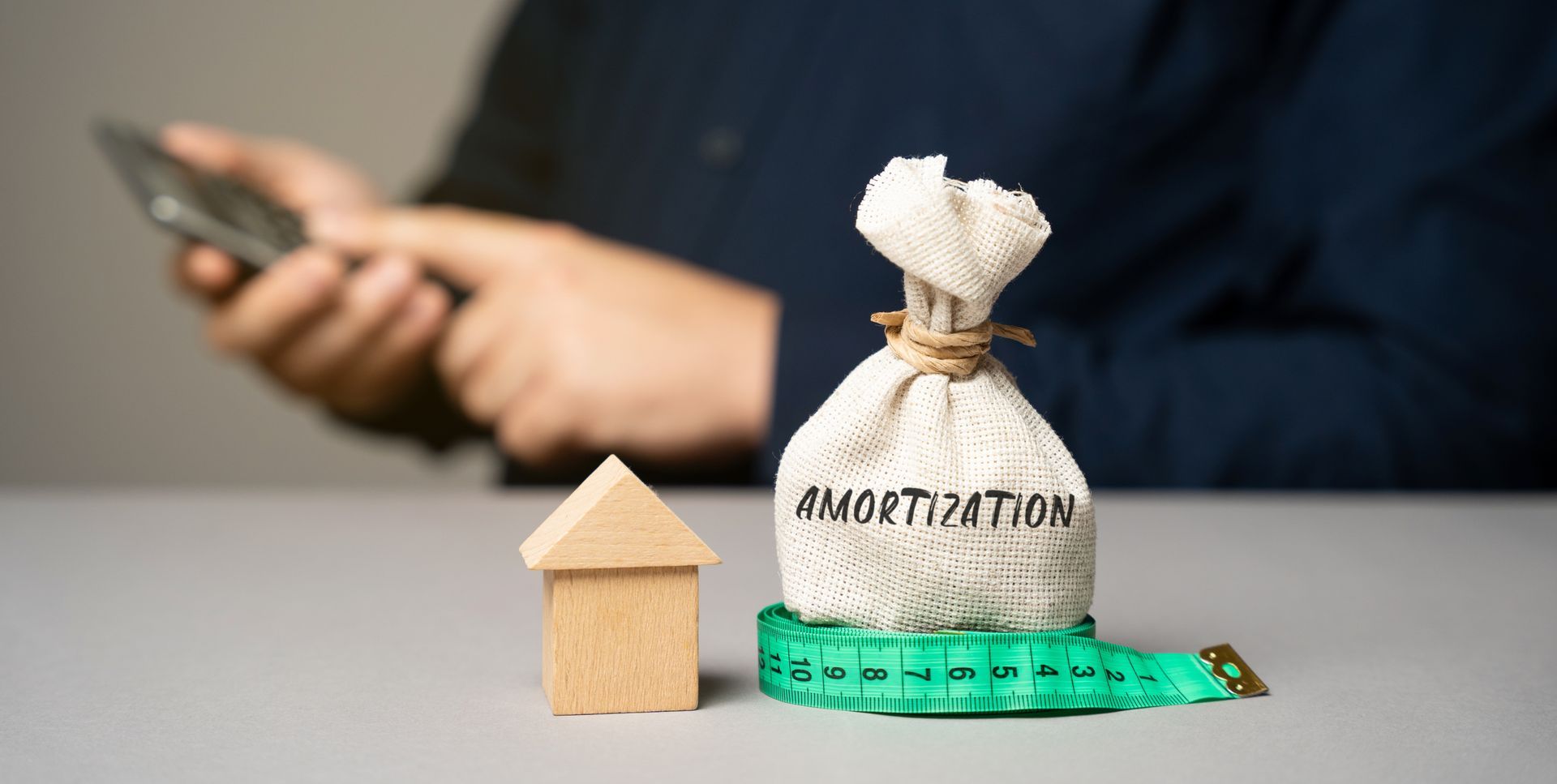Understanding How to Decide the Right Banking Method for You
Because the best method is the one that aligns with your goals — not someone else’s.
Everyone Banks — But Not Everyone Banks Well Most people think “banking” is something banks do.
But the truth is, we all bank.
Every decision about how you move, store, or spend money is a form of banking.
Some people bank with fear, holding onto every dollar until it slips through inflation.
Others bank with hope, chasing rates and rewards that never quite make up the difference.
And then there are those who bank with structure — using flow and timing to make every dollar do twice the work.
“You can’t win the game if you don’t know which game you’re playing.”
There’s More Than One Way to Bank
There’s no single “right” way to bank.
But there is a right way for you.
The traditional banking system teaches you to follow one path:
- Borrow money.
- Make payments for 30 years.
- Refinance when rates drop.
- Retire hoping it all works out.
- But structure-based banking flips that script.
- It uses the same dollars, same income, and same effort — but moves them differently.
- “Most people work harder for money that’s sitting still.”
- The Bank’s Way vs. Your Way
- The Bank’s Method
- Your Method (Financial Minimalist Plan)
- You deposit money. They lend it out.
- You direct your cash flow for efficiency.
- You earn 0.01%. They earn 6–24%.
- You make your income circulate twice.
- You follow their timing.
- You control your own timeline.
- You pay interest for decades.
- You eliminate debt in 7–10 years.
- You ask permission.
- You make the plan.
“Banks profit from your predictability. You profit from your structure.”
The Tacoma Reality
In Tacoma, the average household carries more than $250,000 in total debt between mortgages, car loans, and credit cards.
Most families are sending 60–80% of their income out the door each month — leaving little to save or invest.
That’s not because they’re doing anything wrong.
It’s because they’re following the same rules as everyone else — rules that were never designed to help them win.
When you control cash flow, not just budget lines, you stop working for interest and start building ownership.
“You don’t need more income — you need better circulation.”
How to Find Your Best Banking Method
At Financial Minimalist, we teach families how to see their money differently.
In just a few minutes, we can show you exactly how your current flow is performing — and which method will create the fastest path to freedom.
You’ll see side-by-side comparisons of your options and know instantly:
- Which path eliminates your debt the fastest.
- Which builds the most wealth.
- Which aligns best with your lifestyle and comfort level.
“It doesn’t take a finance degree — it takes structure.”
You Can Use the Bank’s Money — Legally — If You Know How
Banks make money off predictable flows and long timelines. That predictability is also an opportunity.
When you control timing, sequence, and liquidity, you can use other people’s money (OPM) in ways that improve your net position — legally and responsibly.
- A few high-level examples of the idea (not step-by-step instructions):
- Using low-cost, short-term liquidity to avoid higher-cost interest or late fees that compound.
- Choosing sequences of payments so interest capitalization is minimized.
- Avoiding unnecessary refinances that restart long amortization schedules and push closing costs back into your loan.
These approaches aren’t tricks — they’re leverage of structure. Banks leverage other people’s deposits and time; you can learn to leverage timing and sequencing to reduce what you hand to the bank and increase what you keep. It’s legal, strategic, and discipline based.
“You can even use the bank’s money against them — legally — when timing and flow are on your side.”
Why Wasn’t I Taught This Before?
YOU WEREN'T MEANT TO BE!
Do you know KFC’s 11 herbs and spices? Of course not — that recipe keeps people coming back. Banks guard their “recipe,” too: how interest, timing, and payment volume work together. Once you understand it, you stop being the customer that keeps paying.
“The system wasn’t designed to educate you — it was designed to keep you participating.”
Faith, Stewardship, and Structure
Most people want to give more, save more, and live with peace — but structure is the bridge. When your flow aligns with your purpose, you stop reacting and start directing. “Faith gives you purpose. Structure gives you freedom.”
The Financial Minimalist Plan
At Financial Minimalist, we teach Tacoma families how to flip that equation. Through timing and flow, your dollars can work twice: once to shorten time, and again to build wealth. You become the bank — earning from time instead of paying for it.
But here’s the key: “There’s more than one way to bank — and the right way is the one that aligns with your goals.”
Our process doesn’t force you into a single method.
It shows you all the options — side by side — so you can instantly see which strategy moves you closer to financial freedom.
Within seconds, you’ll know exactly which direction fits your goals, lifestyle, and comfort level.
“You don’t need someone else’s plan. You need clarity on your own.”
Frequently Asked Questions
What do you mean by “using the bank’s money against them”? Is that legal?
Yes — it’s legal. We mean using structure and timing, not fraud. Banks profit because money moves on their schedule. If you control the schedule — how and when funds move — you can reduce the bank’s profit and increase your ownership. These are legitimate cash-flow and sequencing strategies, not loopholes. They carry tradeoffs and risk; consult a qualified advisor before making big changes.
Do I have to change banks to “bank my way”?
No. Most improvements come from how you use the accounts you already have, not from changing institutions.
Will I need a new loan or HELOC to do this?
Not necessarily. Some people use additional tools responsibly; others simply re-sequence payments and liquidity. The right path depends on your goals and risk tolerance.
Can I really pay off everything in 7–10 years?
Yes. With proper sequencing and commitment, many households can reach debt freedom in 7–10 years using their existing income.
Key Takeaways
- There’s more than one way to bank — the right way is the one aligned to your goals.
- Banks profit from timing; you can profit by mastering timing too.
- “Using the bank’s money against them” means lawful sequencing, timing, and structure — not tricks.
- You don’t need more income to win; you need better circulation.
- Within seconds of seeing your flow, you’ll know which method fits you best.
Final Thought
The banks have already built a system that works, for them. You don’t need to copy their playbook. You need to understand it, then decide which parts to use and which to avoid.
Stop renewing the bank’s subscription. Start designing your own rhythm. When you control time and flow, you stop renting your life and start owning it.
“You don’t need to beat the bank’s rate. You need to beat their schedule.”









